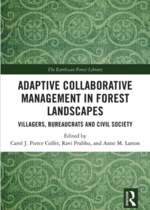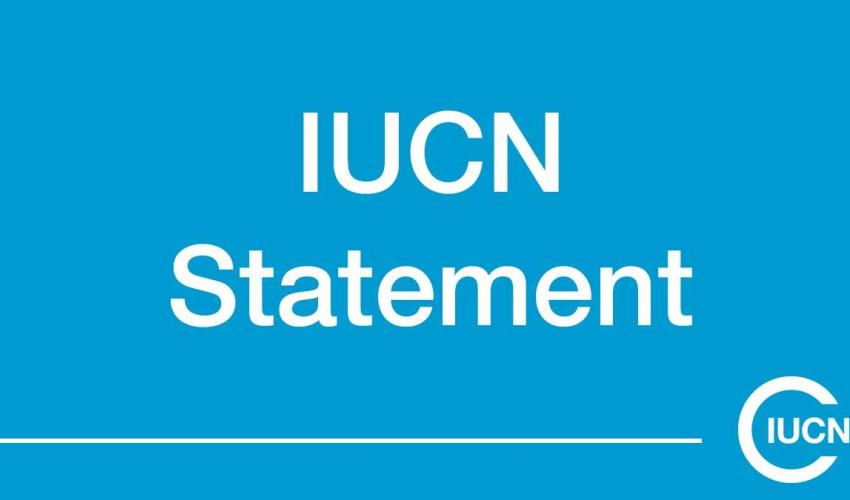Adaptive Collaborative Management of Forest Landscapes: Villagers, Bureaucrats and Civil Society
CEESP News: by Carol J. Pierce Colfer *
Adaptive Collaborative Management of Forest Landscapes: Villagers, Bureaucrats and Civil Society is a edited collection by 20 international scholars and practitioners who have conducted Adaptive Collaborative Management (ACM) around the world, mainly in the tropics, many since the early 2000s. It captures elements of their experience worth sharing, particularly as many turn to more collaborative, holistic, responsive approaches to conservation/development.
The authors believe it will be of great interest to people in a variety of arenas: restoration, conservation, tenure clarification, indigenous and gender rights/equity, climate change, and more.
 Photo: Routledge
Photo: Routledge
Carol J. Pierce Colfer's excitement about it derives from her sense that many of these ideas – a holistic and multi-scale approach, learning and adaptation, equity, interdisciplinarity, and more - have gained sufficient traction globally, that development and conservation practitioners and researchers are now more ‘ready’ for this approach than was the case when she and the other authors (among others) began developing it in the late 1990s.
- Some chapters that revisit locations of previous ACM work, specifically looking at gender differentiation and communities with and without ACM.
- In Chapter 4, Bomuhangi et al. use large scale surveys to make such comparisons in Uganda;
- in Chapter 5, Mukasa et al. discuss the ACM process and its effects at two time periods, in some of the same sites.
- Another (Chapter 2 by Johnson and Pokorny) strives to capture the experience of villagers as partners in an ACM-like process in Latin America.
- Mutimukuru et al. (Chapter 3) reflexively examine their own experience of interdisciplinarity in ACM research in Zambia, emphasizing lessons learnt.
- Chapter 6 examines the capacity building on all sides that is needed to collaborate effectively in this processual approach (Cronkleton et al.);
- Chapter 7, by Sarmiento Barletti, presents a simple but effective tool to level the playing field and deal with status differences within multi-stakeholder processes.
- Chapter 8, by McDougall and Ojha, considers the power implications of ACM, as it has been conducted, from the perspectives of political ecology and feminist theory;
- In Chapter 9, Fisher and Jackson review the many ways that participatory action research, a crucial approach within ACM, has been used in different sectors.
- The book concludes with a more prospective assessment of ways that ACM-like approaches are currently being tried at broader scales, using two African examples.
 Photo: Carol J. Pierce Colfer
Photo: Carol J. Pierce Colfer
* Photo: Author Carol J. Pierce Colfer during a visit to Long Segar, East Kalimantan, Indonesia, in 2019





